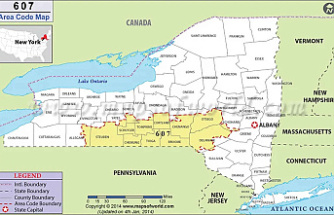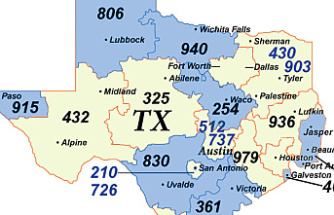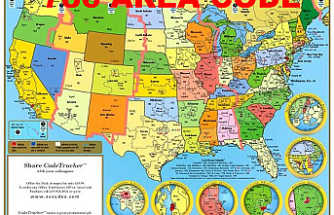Nearly 150,000 U.S. teenagers ages 13 to 17 — or one out of every 137 — would identify as transgender if survey takers asked, according to an analysis of state and federal data that offers an answer to a question that has long eluded researchers.
The figure stands to inform the fierce debate over the rights of transgender youth, reignited Wednesday by U.S. President Donald Trump’s decision to rescind an Obama administration policy that protected the rights of students to use bathrooms corresponding to their gender identity. The estimate may also help lawmakers and advocates across the country better understand the populations they serve.
“We want to make sure that policy debates are informed by actual figures,” said Jody L. Herman, a scholar of public policy at the Williams Institute at the UCLA School of Law, where she and several co-authors published the estimate in a report last month.
That report, the latest in a series on transgender populations, included estimates of the transgender population in each state and in different age groups. In addition to an estimated 149,750 transgender teenagers nationwide, accounting for 0.7 per cent of the population ages 13 to 17, Herman and her co-authors estimated that there are 1.4 million transgender adults in the United States. In the younger age group, transgender identification is probably more common among the older teenagers than the younger ones, they said.
Read more:
Boy Scouts welcome first transgender member
Trump admin lifts federal guidelines on bathrooms for transgender students
The Williams Institute, well regarded for its research on lesbian, gay, bisexual and transgender issues, was frequently cited during the same-sex marriage debate for its findings on the positive economic impact of allowing the practice. It also published a widely accepted estimate of the national LGBT population six years ago.
In the January report, the researchers estimated that 22,200 teenagers in California, 13,800 in Texas and 9,750 in New York would identify as transgender if asked. North Dakota and Wyoming were home to the smallest populations of transgender teenagers, estimated at just 200 each.
Proportionally, however, Hawaii and West Virginia took the lead, with about 1 in 100 teenagers from 13 to 17 estimated to be transgender. In Connecticut and Iowa, the transgender share of that age group was projected to be much smaller, about 1 in 250.
The analysis, an extrapolation based on adult responses to a federal survey, represents an indirect way of arriving at a figure that many advocates consider to be of crucial importance.
“It’s not about what your gut tells you, it’s not about what the news last night told you, it’s not about what you think you might have gathered from looking at a couple of internet websites,” said Kellan Baker, a senior fellow at the liberal Center for American Progress who specializes in LGBT and health issues. “It’s about what do the data actually say, so that we can target resources where they will do the most good.”
While the federal government collects a variety of detailed demographic information about the population, good, consistent data on sexual orientation and gender identity is lacking.
“We just don’t have that same level of information readily accessible,” said Sandy James, survey project manager for the National Center for Transgender Equality.
The Williams Institute estimates are based on a Centers for Disease Control and Prevention survey known as the Behavioural Risk Factor Surveillance System. In addition to a core set of questions asked nationally, the CDC allows states to choose from several optional questions to ask their residents. One such option, selected by about half the states in 2015 and slightly fewer in 2014, inquired about transgender identity. More than 150,000 people answered the question each year.
With that in hand, the researchers applied an advanced statistical technique regarded by some academics as an emerging gold standard for making state estimates using national data, based on well-worn demographic and geographic patterns. The researchers extended the findings of the survey to all 50 states, after accounting for differences in race, age, education, income and religion. The CDC surveys only adults, but the authors used trends among older age groups to estimate the number of teenagers who would identify as transgender if asked.
There has been no authoritative, large-scale questioning of teenagers about transgender identity. While the CDC surveys children about gender identity, it asks only how they express gender in terms of masculinity and femininity, and the question is posed in a limited number of places, Herman said. Large, national surveys are also typically slow to change, in order to maintain consistent, comparable data over long periods of time.
“This series of reports is our best attempt to use the best available data and the best methodology,” Herman said.
The Toronto Star and thestar.com, each property of Toronto Star Newspapers Limited, One Yonge Street, 4th Floor, Toronto, ON, M5E 1E6. You can unsubscribe at any time. Please contact us or see our privacy policy for more information.
Our editors found this article on this site using Google and regenerated it for our readers.












